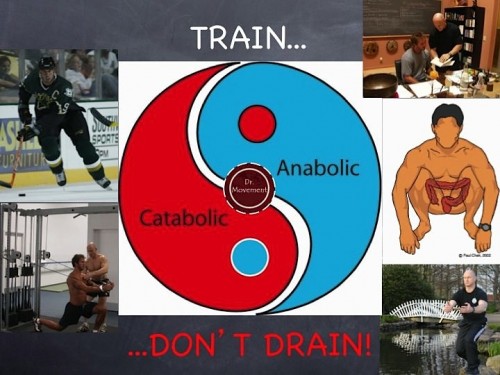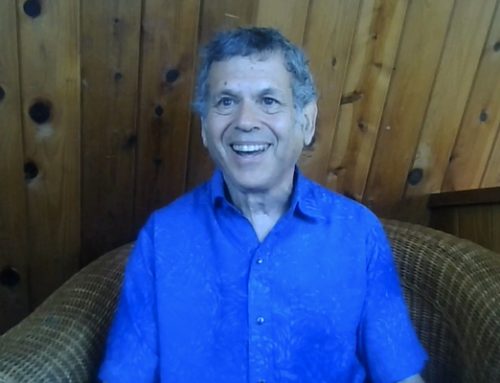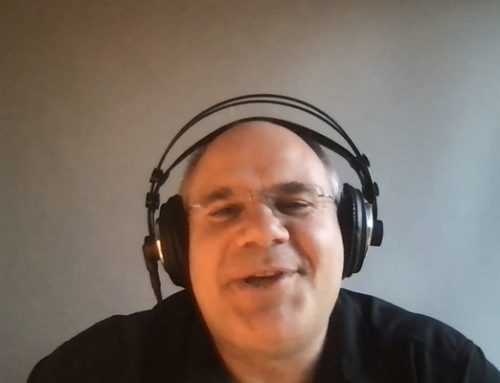Happy Tuesday!
I hope you are all enjoying your day, and sleeping well too!
I had a lovely day yesterday. I got into the gym for a nice little pushing circuit. After work, I had a nice tai-chi session, and then enjoyed a 40:00 in my HealthMate IR Sauna.
I really enjoy my evening sessions in my sauna. It’s interesting to see how much easier it is to drop deep into meditation with the aid of heat.
I also do some great reading in the sauna, but it’s quite a task to keep my books dry! Penny loves listening to her audio books in the sauna and it gives me great joy to see her relaxing and getting some regular detoxification, which we all need!
I’ve been doing some art at night while I watch “The Voice” or shows that I enjoy before bed. It helps me express my seemingly unbound creative energy and I notice I sleep better if I “download” my abstract self-expressions before bed. Give it a try!
Because finding balance in our lives is probably the most essential form of health insurance we have, I thought I’d share a little about finding balance with your use of exercise today.
There are basically three groups of people when it comes to the use of exercise:
1. Those that over-do exercise and suffer the negative effects of over-training. When we exercise our bodies, we naturally damage muscle proteins, cartilage, ligaments, tendons, and a wide variety of other cells in our bodies.
If we accumulate more catabolic (tissue destructive) stress than we can recover from via anabolic rebound (tissue healing), we encourage imbalance, and then injury.
Among those that over-train, there are two general groups:
A. Those addicted to exercise, and
B. Those that are ignorant of how to use exercise effectively; if you are in Group A., you are automatically in group B, as evidenced by the condition you’ve created for yourself by not paying attention to what you are creating.
2. Those that don’t do any regularly scheduled exercise and just assume, or hope they are getting enough, or don’t know better.
For example, I’ve had to rehabilitate more people that do manual labor (such as construction workers, UPS drivers, gardeners, etc…), whose injuries I tracked to lack of specific conditioning.
These people often suffer over-use injuries, such as carpal tunnel syndrome, low back pain, shoulder and knee joint injuries, and more.
When I tell them they aren’t getting enough exercise for the demands of their work environment, they often spout about how much exercise they get at work; a great example of this is the MANY nurses I’ve had to rehabilitate over the years.
It is essential for those performing physical labor to realize that each day you do the same sort of work, your body de-conditions until your fitness level is no longer sufficient to provide a “reserve of movement potential”.
At that point, every day becomes a “hard training day”, and over-training is common, particularly in specific movement patterns that are common on the job, such as squatting. I address these issues in my correspondence courses titled Program Design and Advanced Program Design.
3. Those that exercise, but don’t do it enough, or effectively enough to get results that inspire them to be more regular.
TIPS FOR EXERCISE MANAGEMENT
Under the heading of Dr. Quiet in my multimedia eBook, The Last 4 Doctors You’ll Ever Need – How To Get Healthy Now!, I explain the three essential types of rest:
1. Total Rest: Sleep.
2. Active Rest: Performing your normal exercise activities at a significantly reduced intensity.
Active rest exercise must be managed carefully. There is a real tendency among the more athletic among us to be infected with the “more is better” virus.
Maintaining your ability to carry on a conversation without gasping for air is critical on active rest days. For example, for those that run regularily, active rest day running should be carried out at a pace 2:00/mile slower than their most recent average mile pace in a 5K or 10K, as an example.
3. Passive Rest: Performing any exercise activity other than your chosen method of training or specific event training that doesn’t tax your primary working muscles.
For example, a runner or weight lifter may use swimming as an effective means of active rest. Exercise intensity on active rest days should be low enough that you can comfortably carry on a conversation at any time during the exercise.
THE 1-3% RULE OF PROGRESSION
As a general rule-of-thumb, if you can’t honestly meet and exceed your last workout performance by 1-3%, you are probably over-exercising. Some of the ways you will be aware that you are exercising with too much volume or intensity for your body to handle are:
1. Fatigue: First you feel a general sense of fatigue; this often results in significantly increased use of stimulants! Then you may find that your sleep quality starts to diminish.
2. Decreased sex drive and/or sexual performance.
3. Feeling like it is taking longer and longer to warm-up.
4. The onset of old injuries, or nagging injuries that won’t seem to heal at a natural pace.
5. Mood swings.
6. Food/drug cravings.
7. Decreased mental concentration.
8. Elevated resting heart rate.
9. Elevated resting breathing rate.
10. Progressively becoming more closed-minded; resistant to trying new things.
FINDING BALANCE
We must always consider the quality of our exercise experiences as our guiding principle. The very worst way to determine how much exercise you should be doing is by measuring yourself against someone else, or reading programs from books and magazines and trying to emulate them.
Most athletes suffer from a lot of junk training. Training that is poorly thought out and is usually a product of pack-herd mentality. It is far better to do less high quality training than it is to do more than your body can handle just so you can keep up with the Jones’s.
On days you can’t meet the criteria of the 1-3% rule, take advantage of the chance to facilitate your anabolic rebound (healing) with some relaxed, rhythmical movement. Pump and clean the body. See it as an opportunity to participate in an active meditation.
Exercise is not only a natural function of the human body, it is an essential function.
By being aware of your body-mind balance, you can easily use exercise intelligently to meet your individual needs.
Exercise done effectively not only enhances your physical beauty, it enhances your physiology and your psychology.
Learn to give yourself what you need in order to wisely meet your conditioning objectives, and your whole life will feel more juicy, more alive, more fulfilling.
Love and chi,
Paul Chek





